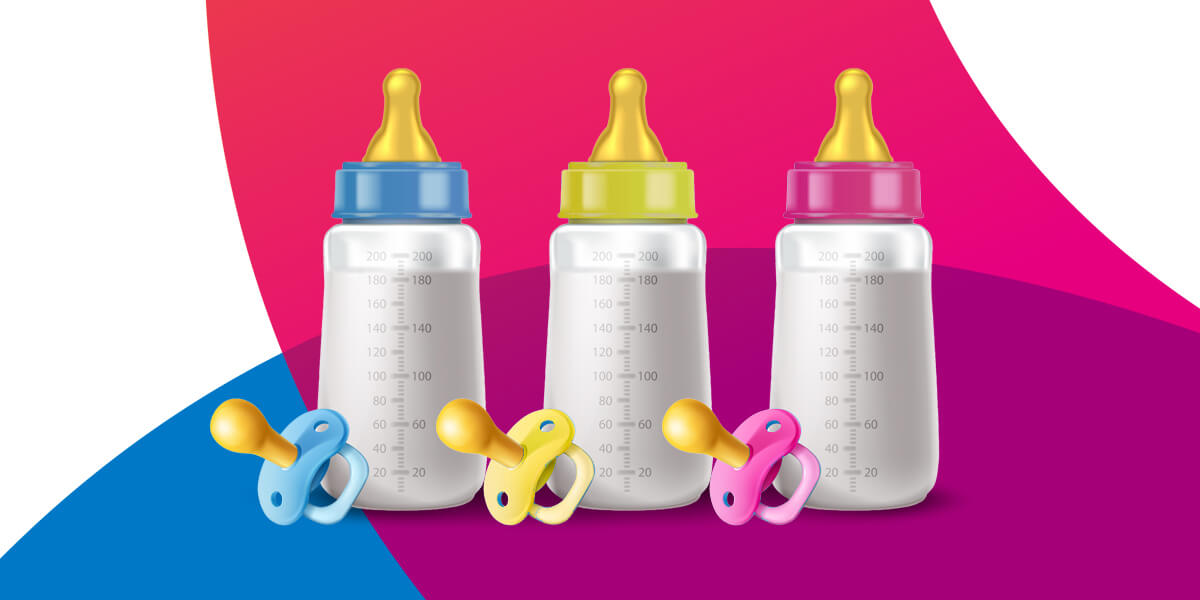As a new or expectant father, it’s essential to understand your rights regarding paternity leave and pay. You have statutory entitlements that ensure you can take time off work to bond with your child and support your partner. Whether you’re navigating this for the first time or need a refresher in light of the upcoming changes to paternity leave legislation in April 2024, this guide will break down everything you need to know about paternity leave, including eligibility, pay, and how to make the most of your time off.
What is paternity leave?
Paternity leave is time off work granted to fathers or partners (including same-sex partners) following the birth or adoption of a child. It provides a crucial opportunity for fathers to be involved during the early stages of their child’s life.
You’re entitled to take either one or two consecutive weeks of paternity leave. This must be taken in blocks of full weeks, not individual or multiple days. You can also now take your paternity leave as two separate one-week blocks if you wish. Only one period of paternity leave is available irrespective of the number of children born or adopted at the time. Paternity leave must be used within 52 weeks of the baby being born or an adoption placement starting.
Eligibility for paternity leave
To qualify for statutory paternity leave, there are several criteria you must meet:
- Employment status – you must be an employee (not self-employed or a worker).
- Length of service – you need to have worked for your employer for at least 26 continuous weeks up to the 15th week before the baby is due (or by the end of the week when you’re notified of an adoption placement). Under the government’s recently announced Employment Rights Bill, it’s proposed that this length of service requirement will be scrapped but this will take time to become law.
- Relationship to the child – you must be either the child’s biological father, the mother’s partner, or the adopter’s partner.
If you meet these conditions, your employer cannot refuse your statutory paternity leave request, though you will need to provide notice in advance.
How much notice do you need to give?
To take paternity leave, you must inform your employer at least 28 days before the baby is due. You’ll need to notify them of:
- The expected week of the child’s birth (or adoption).
- The length of paternity leave you plan to take (one week, two consecutive weeks, or two separate weeks).
- The date you want your leave to start.
Statutory Paternity Pay (SPP)
In addition to paternity leave, you may also be entitled to Statutory Paternity Pay (SPP), which is designed to help cover the cost of taking time off work.
In April 2024, SPP will be paid at £184.03 per week or 90% of your average weekly earnings (whichever is lower).
Eligibility for SPP mirrors the eligibility for paternity leave. You must have earned at least £123 a week (before tax) over an eight-week period leading up to the 15th week before the baby is due. Your employer will pay SPP for up to two weeks, and it’s subject to tax and National Insurance deductions.
Enhancements from employers
Some employers may offer enhanced paternity leave or pay packages, which go beyond the statutory minimum. For example, certain companies offer additional weeks of leave or higher pay rates to incentivise fathers to take time off. It’s important to check your employment contract or staff handbook and if you’re unsure, ask. According to a study by the CIPD, 16% of employers who took part provide two weeks of enhanced paternity pay at or near the full rate of pay and 8% provide up to four weeks of enhanced paternity pay at or near the full rate of pay.
Returning to work
After your paternity leave ends, you have the right to return to the same job on the same terms and conditions. Your employer cannot change your role or penalise you for taking paternity leave. If your employer attempts to do so, this could be grounds for a claim of unfair dismissal or discrimination.
Balancing work and fatherhood
Taking paternity leave can be a transformative experience, helping fathers develop a strong bond with their child and support their partner. However, adjusting to life as a working parent may present challenges. As you return to work, consider discussing flexible working options with your employer. Many organisations are becoming increasingly supportive of flexible working arrangements, which can help balance career and family life.
Did you know HRX can help manage paternity leave?
By using our HR software, you can easily upload your staff handbook so that any employees who want to check the paternity leave policy can view it in just a few clicks. HRX can also be used to request and record paternity leave so that the intended dates of leave are captured in the same way as holiday requests. If you want to find out more about HRX can help, book a FREE demo today, or sign up to a FREE 30 day trial and test it out for yourself.




